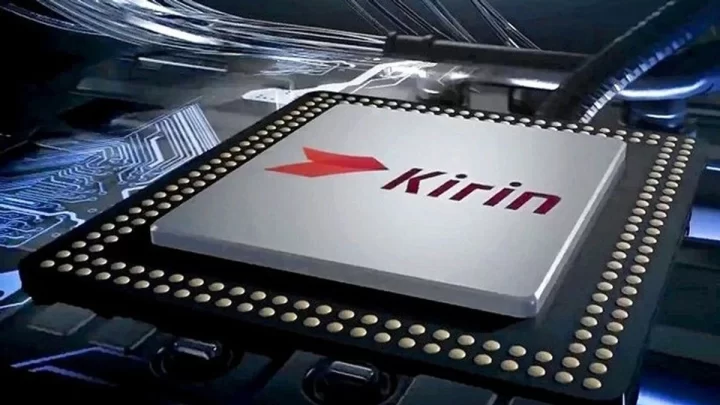Huawei recently grabbed headlines with the launch of its Huawei Mate 60 Series and Huawei Mate X5, both powered by Huawei’s proprietary chipsets. However, the technical specifics of these chipsets have left the tech community intrigued.
Following extensive scrutiny by experts and enthusiasts, it was revealed that these new flagship devices from Huawei are equipped with the Kirin 9000S chipset. Yet, the inner workings of this chipset have remained a bit of a puzzle.
One surprising twist in this tale came from Minatake Mitchell Kashio, the CEO of Fomalhaut Techno Solutions. Kashio suggested that the Kirin 9000S may not be the anticipated 7nm chip but rather a chipset built on a 14nm node. This revelation hinted at the possibility of a “special technique” being employed to achieve performance levels resembling those of a 7nm chip.
Despite these claims of a 14nm node, benchmark scores for the Kirin 9000S insistently assert its operation on a 7nm process. This perspective gains credence from multiple analyses and teardowns conducted by various experts, all concurring that the Kirin 9000S delivers performance typical of a 7nm chip.
SMIC, the semiconductor manufacturer in partnership with Huawei, seemingly possesses the capability to utilize Deep Ultraviolet (DUV) machines for chip production at this lithographic level. However, the ongoing U.S. trade sanctions against China pose challenges in acquiring advanced Extreme Ultraviolet (EUV) machines from ASML, a Dutch-based firm. Consequently, their hands are tied, unable to surpass the 7nm threshold.
The production of 7nm chipsets by SMIC has raised eyebrows as it potentially breaches U.S. trade sanctions, limiting China to a 14nm node or technology that lags a decade behind. With the introduction of the 7nm Kirin 9000S, China’s technological gap vis-à-vis the U.S. has narrowed to just four years.
Amidst these conflicting reports, the true nature of the node used by the Kirin 9000S remains an enigma. Clarity on this intriguing matter can only be expected when Huawei decides to unveil further details regarding the mysterious Kirin 9000S chipset.

